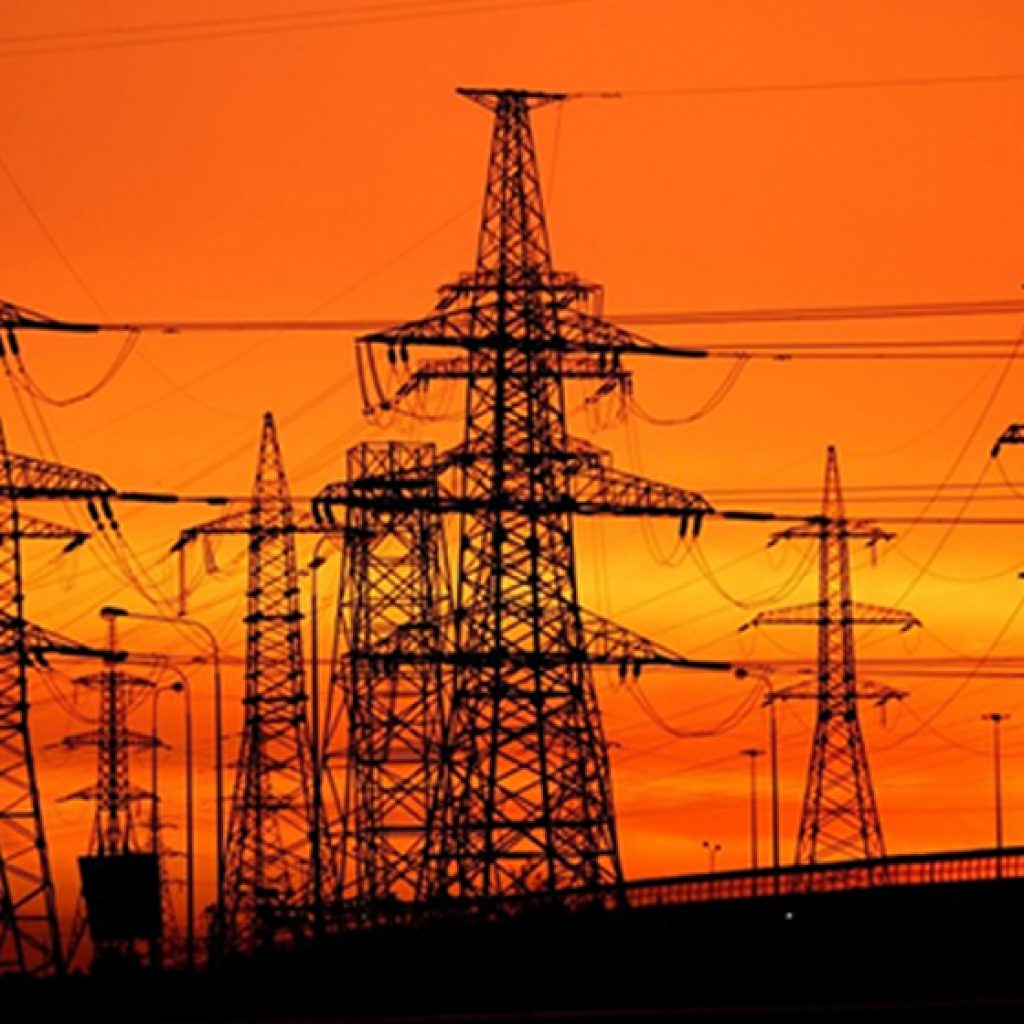The circular debt soared by Rs. 260 billion during the first ten months of the current fiscal year 2021-2022, as revealed by the circular debt report submitted by the Power Division to the Cabinet.
The report was submitted during a meeting of the Cabinet Committee on Energy that was held under the chairmanship of the Minister for Planning, Development, and Special Initiatives Asad Umar.
The increase in the circular debt occurred despite the government being able to control the buildup during the period, the report added.
ALSO READ
Bitcoin Investors Still In Profit Despite Worst Ever Market Crash: Report
This circular debt buildup from July 2020 to April 2021 was still considerably lower than the buildup of Rs. 449 billion recorded during the same time period last year, which indicates an improvement of Rs. 189 billion.
The committee appreciated the improvement and issued directives for the Power Division to work with the Finance Division, and to continue to make further improvements in circular debt management.
At the beginning of last year, the government had rolled out a comprehensive circular debt reduction plan to improve the performance and viability of the power sector and control the continuous accumulation of arrears.
Resultantly, the power tariffs were increased at the start of the fiscal year 2020 that passed on the impact of the rising capacity charges and fuel price adjustments. This move had resulted in improving the gross revenues for the government.
A report by the State Bank of Pakistan (SBP) detailed that the “Pricing and governance problems in the power sector need to be addressed as these not only represent significant quasi-fiscal risk, but have also dented the competitiveness of the economy”.
The report also highlighted the measures taken to reduce the circular debt, including the amendments made in the National Electric Power Regulatory Authority Act. These have helped in automating tariff revisions, improving collections, and rightsizing subsidies.
Infrastructure investments were also made to reduce technical losses, anti-theft drives, and upward tariff adjustments.
ALSO READ
CDWP Approves 15 Projects Worth Rs. 38.24 Billion
However, from the beginning of the current year (January 2021) the tariff adjustments were postponed for monthly fuel and quarterly capacity payments, as well as for payment deferrals from March onwards, which ended up denting the initial gains, the SBP report revealed.
The report added that while these adjustments had been useful in arresting the losses in the short run, it is the prospective revisions in the power purchase agreements with the IPPs roll out that will eventually influence the long-term solution to the pricing issues (especially with respect to the capacity payments).
The governance of the distribution companies (DISCOs) and the streamlining of the tariff adjustments, along with the up-gradation of transmission and distribution infrastructure, will also be significant in improving the overall viability of the power sector, according to the report.
The post Circular Debt Increased by Rs. 260 Billion in 10 Months of FY2021 appeared first on .


